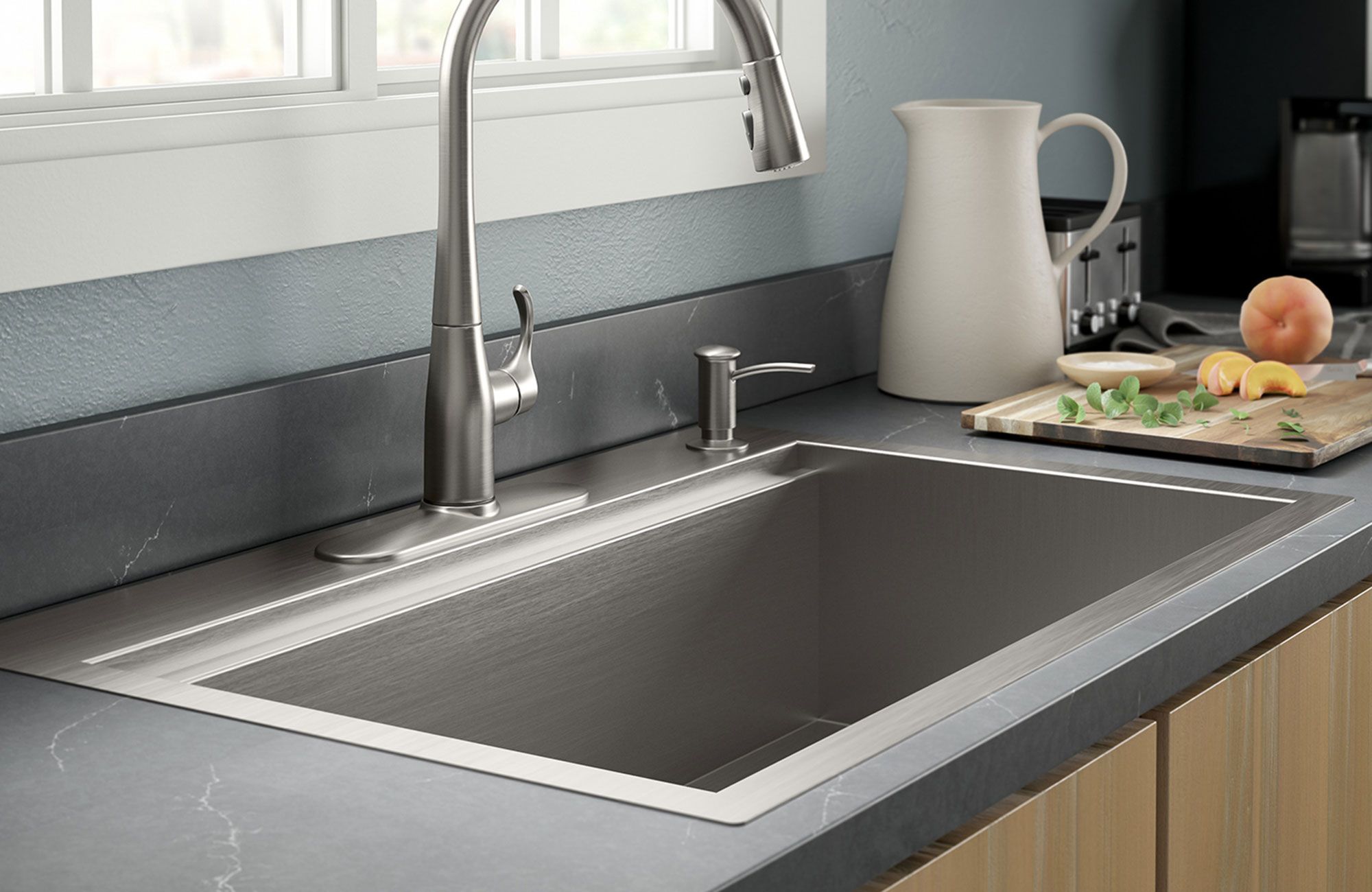How to fix kitchen sink? A functional kitchen sink is essential for daily tasks such as cooking, cleaning, and dishwashing. When a problem arises with your kitchen sink, whether it’s a leak, clog, or other issues, it’s important to address it promptly to avoid further damage and inconvenience. In this comprehensive guide, we will walk you through a step-by-step process for fixing common kitchen sink problems, providing solutions for leaks, clogs, and other common issues. By following these guidelines, you can confidently tackle kitchen sink repairs and restore the functionality of your sink.
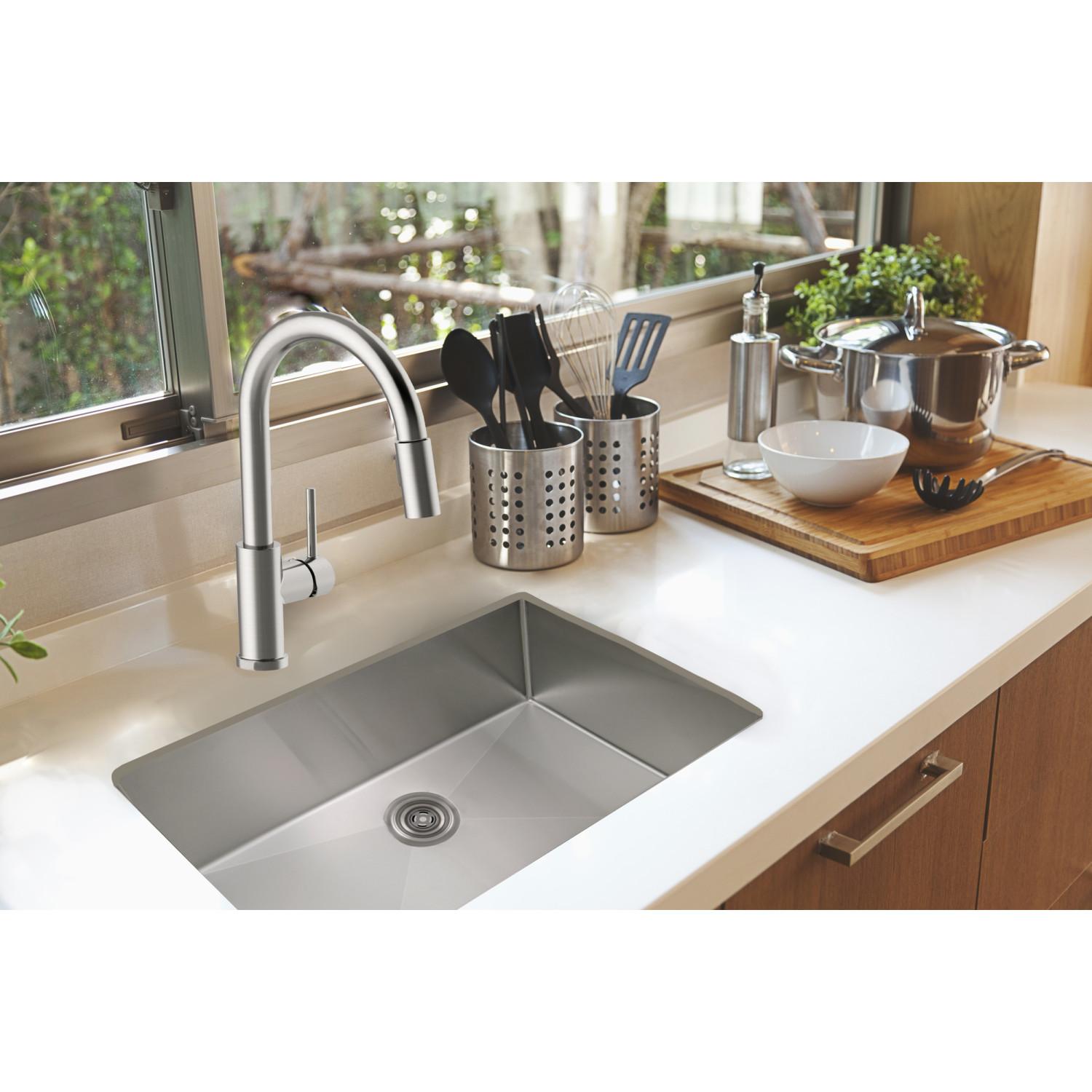
Identifying the Problem:
Before attempting any repairs, it’s crucial to accurately identify the problem with your kitchen sink. Common issues include leaks, clogs, dripping faucets, loose connections, and inadequate water pressure. By understanding the specific problem, you can select the appropriate repair method and necessary tools.
Tools and Materials:
Gather the necessary tools and materials to effectively fix your kitchen sink. Some common tools include an adjustable wrench, pliers, screwdrivers, pipe wrench, plumber’s tape, bucket, and a plumber’s snake or drain auger. Additionally, have cleaning supplies such as a rag, sponge, and non-abrasive cleaner on hand to clean the sink and surrounding areas.
Fixing Leaks:
Leaks are a common issue in kitchen sinks and can cause water damage if left unresolved. Here’s how to fix them:
- First, locate the source of the leak by inspecting all visible pipes, connections, and faucet components under the sink. Check for loose fittings, damaged washers, or cracked pipes.
- Tighten any loose connections using pliers or an adjustable wrench. If the leak persists, replace damaged washers, gaskets, or O-rings. Apply plumber’s tape to the threaded fittings for a secure seal.
- If the leak is originating from the faucet, dismantle the faucet and replace any damaged components, such as the cartridge or valves. Refer to the manufacturer’s instructions or seek professional help if needed.
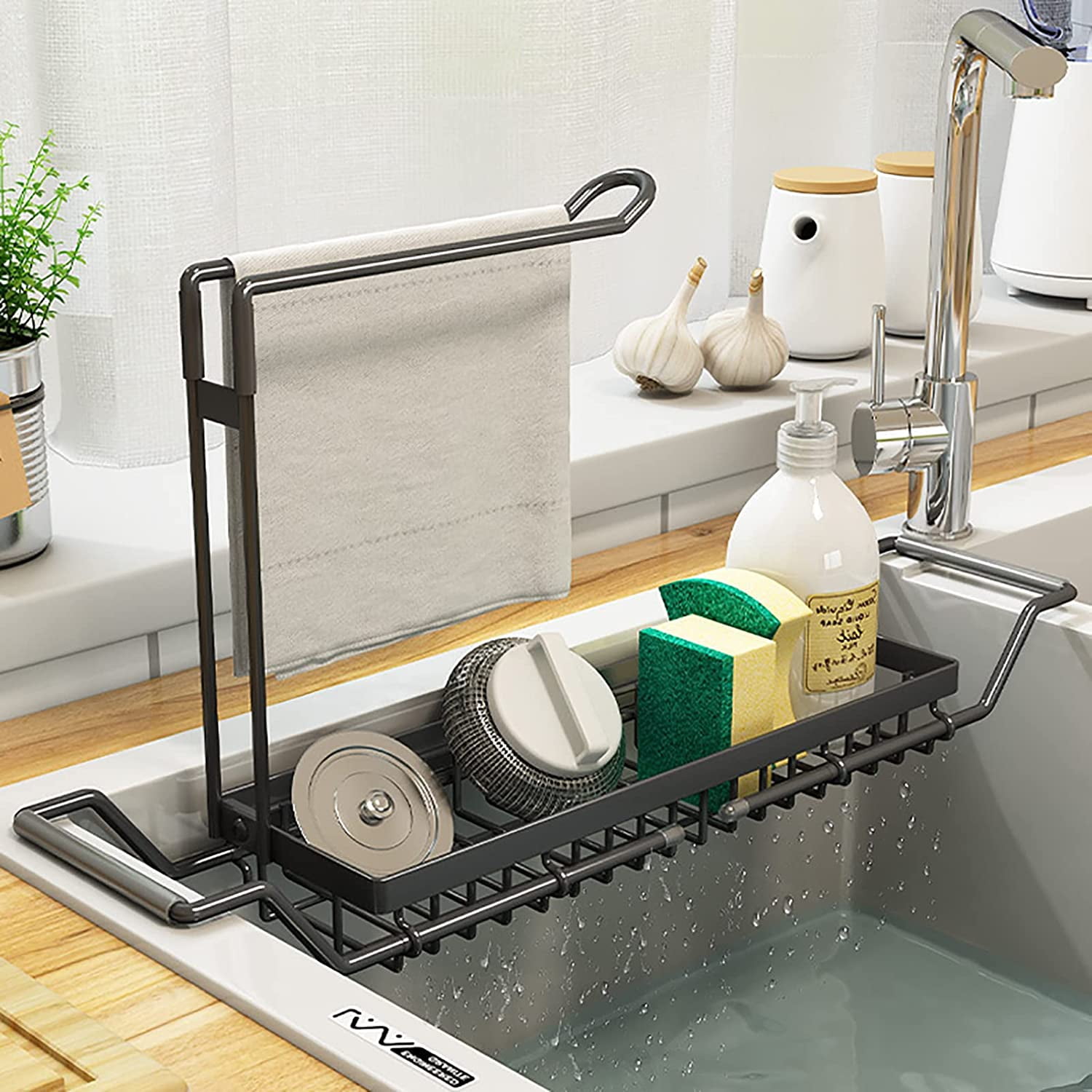
Clearing Clogs:
Clogs can disrupt the flow of water and cause standing water in your kitchen sink. Follow these steps to clear clogs:
- Begin by removing any visible debris from the sink drain and stopper. Use a plunger to create pressure and force the clog out. For double sinks, plug one drain while plunging the other to ensure effective suction.
- If the plunger does not resolve the clog, use a plumber’s snake or a drain auger. Insert the snake or auger into the drain opening and rotate it while applying gentle pressure. This will help break up and remove the clog. Flush the drain with hot water to clear any remaining debris.
- For stubborn clogs or issues in the main drain line, consider using chemical drain cleaners or calling a professional plumber for assistance.
Repairing Dripping Faucets:
A dripping faucet not only wastes water but can also be bothersome. Here’s how to fix it:
- Turn off the water supply to the faucet. Remove the faucet handle by locating the retaining screw or cap and using a screwdriver or hex key to remove it.
- Examine the faucet’s interior components, such as the cartridge or valve stem. Replace any damaged or worn-out parts. Apply plumber’s tape to ensure a watertight seal when reassembling the faucet.
- Reassemble the faucet, ensuring all components are securely in place. Turn on the water supply and test the faucet for any leaks or dripping. Make adjustments as necessary.
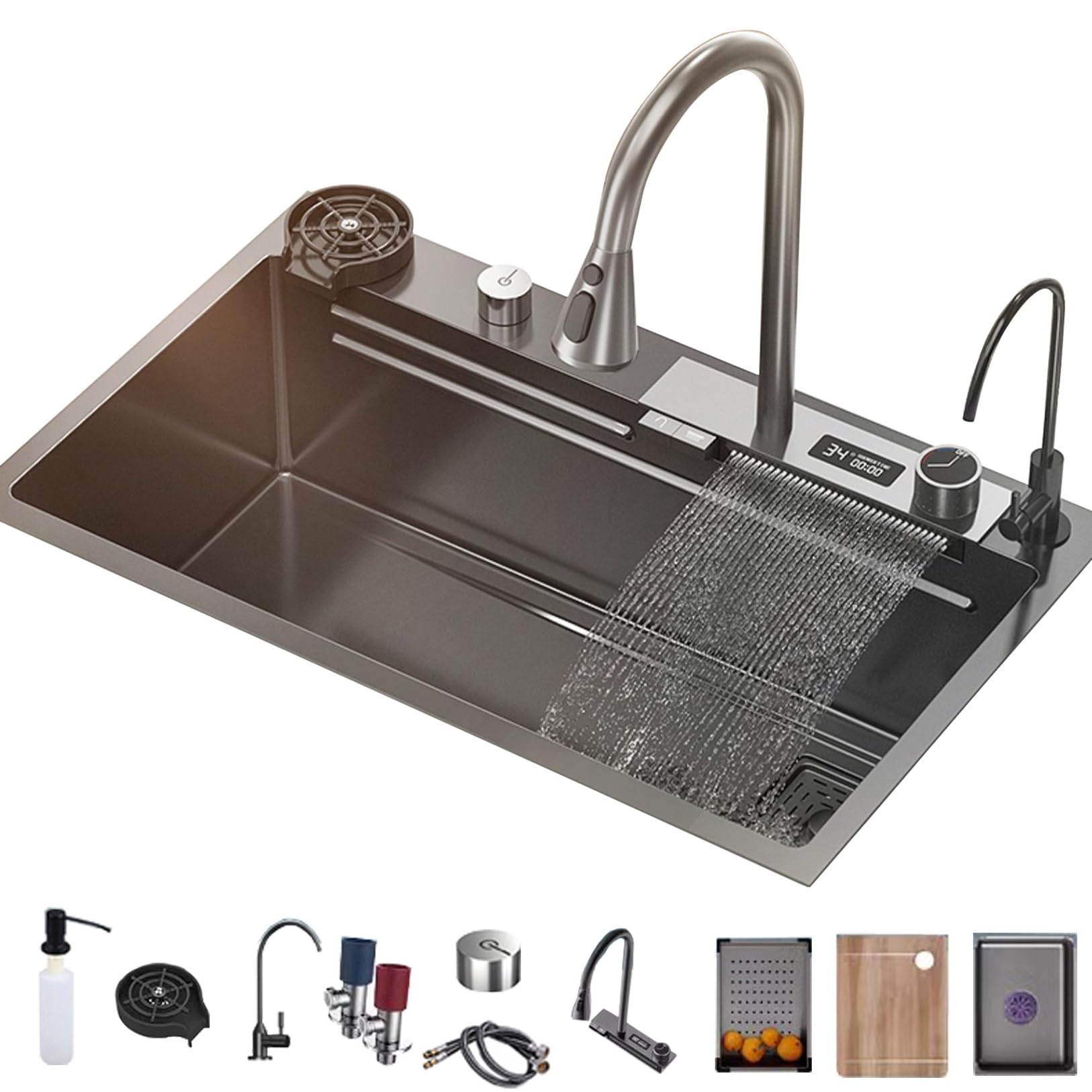
Restoring Water Pressure:
Inadequate water pressure can hinder various kitchen tasks. Try these steps to restore water pressure:
- Remove the faucet aerator by twisting it counterclockwise. Soak the aerator in vinegar to remove any mineral deposits or debris that may be blocking the flow of water. Rinse it thoroughly and reinstall it onto the faucet.
- Check the shut-off valves under the kitchen sink faucet to ensure they are fully open. Turn them clockwise to open them completely. If the valves are old or faulty, consider replacing them.
- Inspect the flexible supply lines that connect the faucet to the water supply. Ensure they are not kinked or damaged. Straighten any kinks and replace any damaged lines if necessary.
Regular Sink Maintenance:
Preventive maintenance is essential to keep your kitchen sink in good working condition. Follow these tips:
- Avoid disposing of large food scraps or debris down the drain. Use a sink strainer to capture solid waste and prevent clogs.
- Regularly clean your sink and surrounding areas to prevent buildup of grime, soap scum, or food residue. Use non-abrasive cleaners and a soft sponge or cloth to avoid damaging the sink surface.
- Check your sink and faucet for any signs of damage or deterioration. Address issues promptly to prevent further complications.
What are the styles of kitchen sinks?
The kitchen sink is a central element in any kitchen, serving as a functional and design feature. Kitchen sinks come in various styles, materials, and configurations, each offering its own unique benefits and aesthetic appeal.
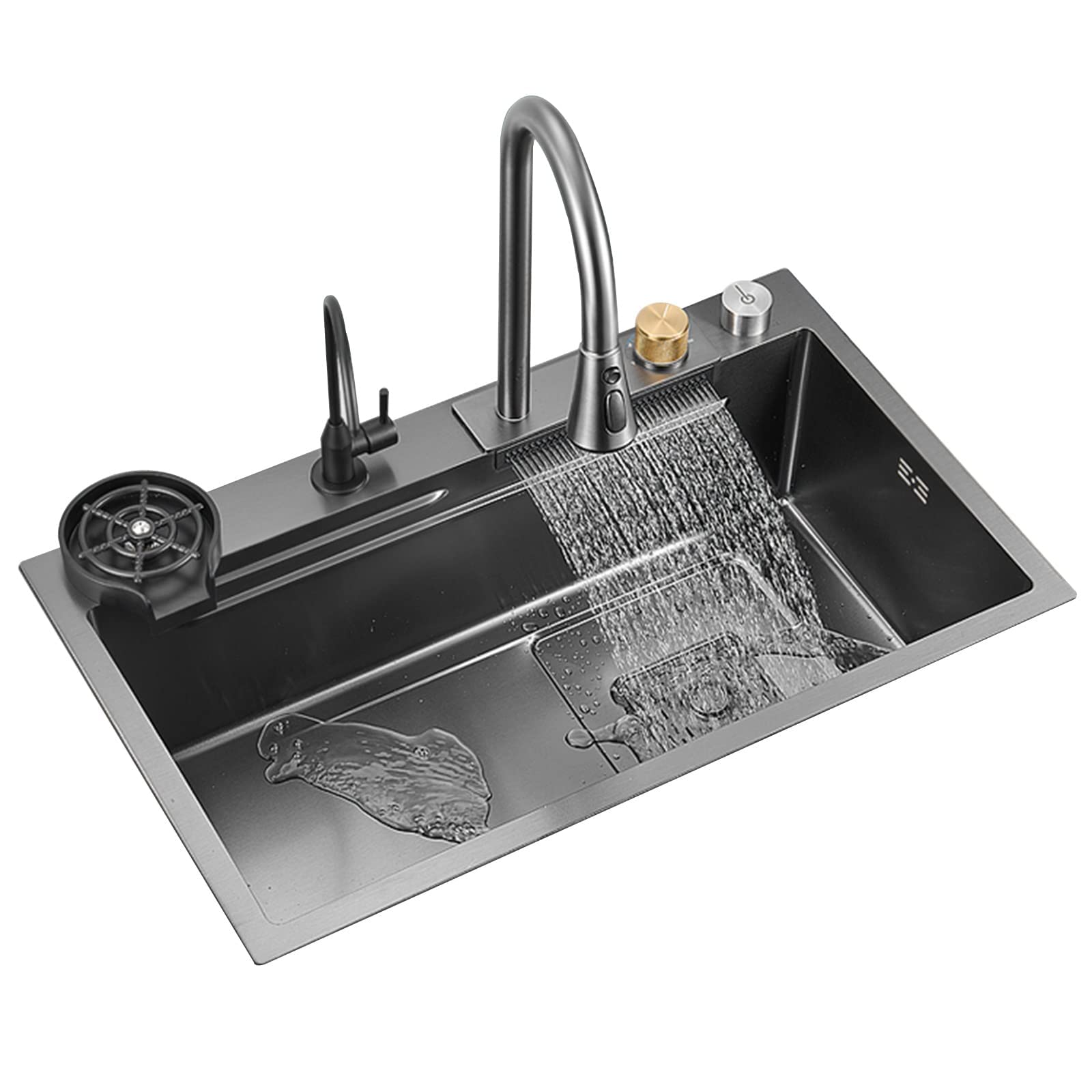
Top-Mount Sinks:
Top-mount sinks, also known as drop-in or self-rimming sinks, are a popular and versatile option for many kitchens. They feature a lip or rim that rests on the countertop, providing a secure fit. Some key advantages include:
- Easy Installation: Top-mount sinks are relatively easy to install, making them suitable for DIY projects or quick renovations.
- Versatility: These sinks can be retrofitted into existing countertops without the need for extensive modifications.
- Lower Cost: Top-mount sinks are generally more affordable compared to other sink styles, making them a budget-friendly choice.
Undermount Sinks:
- Streamlined Appearance: Undermount sinks create a clean and uninterrupted look, allowing for easy countertop cleanup without the obstruction of a rim.
- Increased Counter Space: By eliminating the rim that sits on top of the countertop, undermount sinks maximize usable counter space and provide a larger working area.
- Easy Maintenance: The absence of a rim makes cleaning around the sink effortless, as there are no crevices or edges to trap dirt and grime.
Farmhouse Sinks:
Farmhouse sinks, also known as apron-front sinks, are characterized by their deep and spacious basin and exposed front panel.
- Large Capacity: Farmhouse sinks often have a deep and wide basin, allowing for ample space to accommodate large pots, pans, and dishes.
- Eye-Catching Design: The exposed front panel of a farmhouse sink adds a focal point to the kitchen, creating a statement piece that complements a variety of décor styles.
- Ergonomic Advantages: The depth of the basin in corner kitchen sink reduces strain on the back and shoulders when performing kitchen tasks, making them ergonomically beneficial.
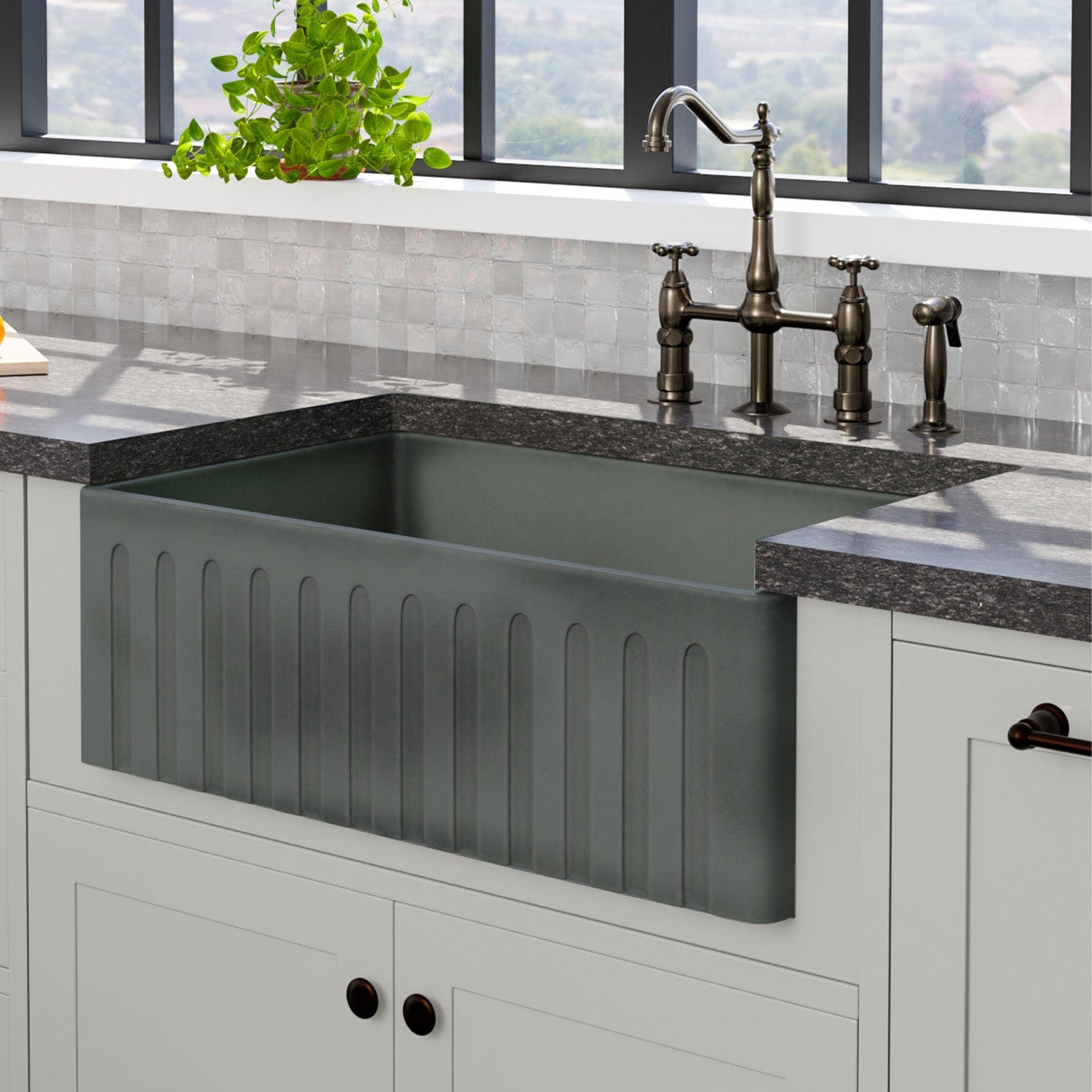
Conclusion:
Fixing common problems with your kitchen sink is an achievable task with the right tools and knowledge. By following the step-by-step process outlined in this comprehensive guide, you can effectively address issues such as leaks, clogs, dripping faucets, low water pressure, and more. Remember to accurately identify the problem, gather the necessary tools, and take the appropriate steps to resolve the issue. Regular maintenance and cleaning are essential to prevent future problems and keep your kitchen sink in optimal working condition.
